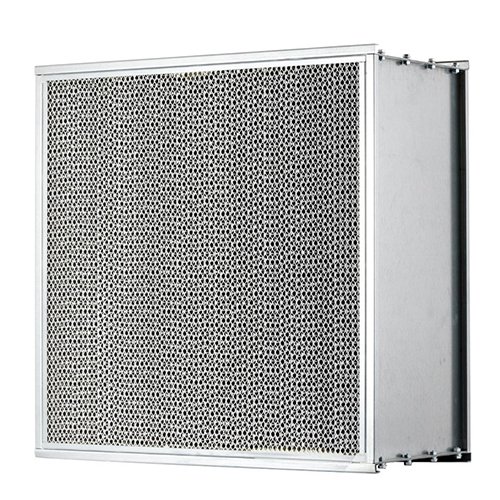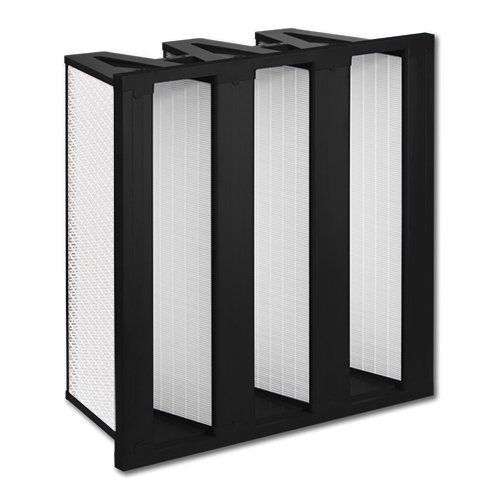What is a HEPA Filter?
In a world where pollution is an increasing concern, clean air feels like a valuable commodity. One marvel of technology comes to the rescue: the HEPA filter. But what exactly is a HEPA filter? How were its rating standards established, and what efficiency does each rating indicate?
The term HEPA stands for 'High-Efficiency Particulate Air.' A HEPA filter is a type of mechanical air filter that works by forcing air through a fine mesh. It's adept at trapping harmful particles such as pollen, dust, and smoke, which are often catalysts for allergies.

The creation of the HEPA filter was a product of the then U.S. Atomic Energy Commission during the 1940s. They engineered this technology aiming to curtail the spread of airborne radioactive contaminants. However, its effectiveness against various particles led to the technology being embraced worldwide.
The efficiency of HEPA filters follows a strict rating standard. This was initiated by the Institute of Environmental Sciences and Technology (IEST) and is now governed by ISO (International Organization for Standardization). The most common classification is the H10-H14 scale, with each varying on its filtering effectiveness.
H10 filters are able to remove 85% of particles that are 0.3 micron and larger from the air. This filter is typically suitable for general home use where high-efficiency filtration is not a critical factor.
H11 filters are capable of removing up to 95% of airborne particles as small as 0.3 microns. They are often found in small air purifiers and vacuum cleaners.
H12 is step above H11, the H12 filters capture 99.5% of particles 0.3 microns and larger. You will typically find these in more advanced air purifying systems.
H13 filters can remove 99.95% of airborne particles as small as 0.3 microns, including many common allergens such as dust mites, pet dander and mold spores. Adorned by advanced air purifiers, these are often required in medical or lab environments.
H14 is the highest grade available, H14 filters eliminate 99.995% of particles 0.3 microns or larger. Utilized in highly critical environments, like clean rooms and surgical rooms, these ensure the air is virtually free of pollutants.
These filters possess the efficiency to trap almost all allergens and microscopic pollutants, significantly improving air quality.

However, HEPA filters don’t just come in one standard type. They vary, and this depends on the specific need they address. Some of the different types of HEPA filters, include Type A, which is used for removing particulate pollutants from the indoor air; Type E for trapping airborne pathogens and viruses; and Type H, designed for hazardous waste containment.
One remarkable characteristic of these HEPA filters is their density. To achieve an optimal density at 'level 2,' two fundamental factors are crucial: plenty of surface area and densely packed fibers. The broad surface area allows for an increased particle capture rate, while densely packed fibers prevent larger particles from clogging the filter, ensuring the successful trapping of smaller particles as well.
HEPA filters are proficient in catching an array of particles, including pollutant particles like dust, smoke, bacteria, and allergens like pollen and pet dander. The higher the HEPA rating, the more efficient the filter is in trapping these microscopic particles, making our environments cleaner and healthier.

The HEPA filter is a potent ally in the battle against airborne pollutants. Its efficiency, governed by globally recognized rating standards, has made it an integral component in various applications, from domestic appliances to medical and industrial equipment. So, the next time you're on the hunt for a new air purifier or vacuum cleaner.


